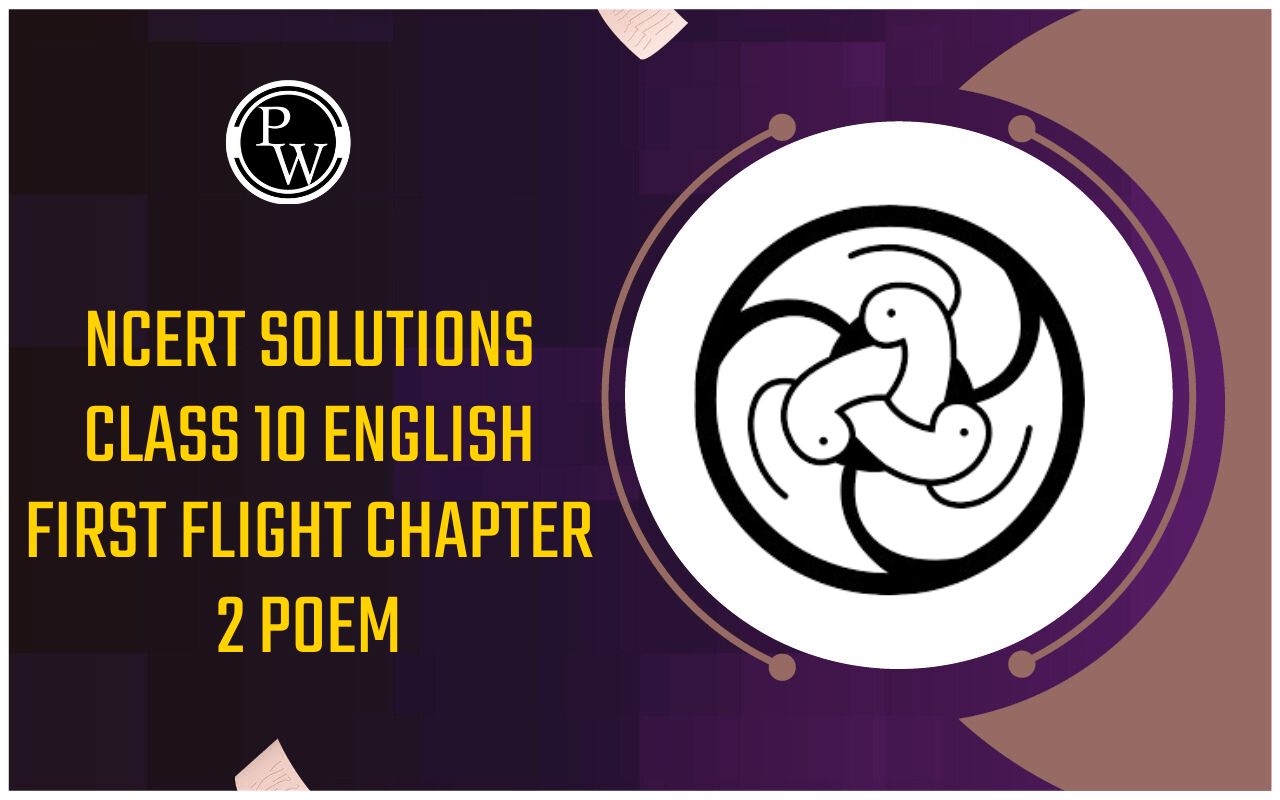
NCERT Solutions for Class 10 Maths Chapter 1 Ex 1.3: Exercise 1.3 of Chapter 1 Real Numbers in Class 10 Maths focuses on problems related to the division algorithm. This exercise helps students understand how to find the quotient and remainder when one number is divided by another, which is an important concept for working with real numbers.
The solutions provide detailed steps for applying the division algorithm to different pairs of numbers and help in understanding how to express the relationship between two numbers using division, quotient, and remainder. Solving these problems enhances students understanding of number theory and improves their ability to solve complex mathematical problems involving division. The solutions are a useful guide for exam preparation, ensuring a deeper comprehension of the topic.NCERT Solutions for Class 10 Maths Chapter 1 Ex 1.3 Overview
NCERT Solutions for Class 10 Maths Chapter 1 Ex 1.3 PDF
The NCERT Solutions for Class 10 Maths Chapter 1 Exercise 1.3 provide clear and detailed explanations on the Division Algorithm and its applications. These solutions help in understanding how to express the relationship between two numbers in terms of quotient and remainder. To access the PDF of the solutions click on the link below.NCERT Solutions for Class 10 Maths Chapter 1 Ex 1.3 PDF
NCERT Solutions for Class 10 Maths Chapter 1 Ex 1.3
Here are the NCERT Solutions for Class 10 Maths Chapter 1 Ex 1.3:1. Prove that √ 5 is irrational.
Solutions: Let us assume that √ 5 is a rational number.
i.e., √ 5 = x/y (where, x and y are co-primes) y √ 5= x Squaring both sides, we get (y √ 5) 2 = x 2 ⇒5y 2 = x 2 ……………………………….. (1) Thus, x 2 is divisible by 5, so x is also divisible by 5. Let us say, x = 5k, for some value of k, and substituting the value of x in equation (1), we get 5y 2 = (5k) 2 ⇒y 2 = 5k 2 is divisible by 5, it means y is divisible by 5. Clearly, x and y are not co-primes. Thus, our assumption about √ 5 is rational is incorrect. Hence, √ 5 is an irrational number.2. Prove that 3 + 2√5 + is irrational.
Solutions: Let us assume 3 + 2 √ 5 is rational.
Then, we can find co-prime x and y (y ≠ 0) such that 3 + 2√5 = x/y Rearranging, we get x and y are integers, thus
x and y are integers, thus
 is a rational number.
Therefore,
√
5 is also a rational number. But this contradicts the fact that
√
5 is irrational.
So, we conclude that 3 + 2
√
5 is irrational.
is a rational number.
Therefore,
√
5 is also a rational number. But this contradicts the fact that
√
5 is irrational.
So, we conclude that 3 + 2
√
5 is irrational.
3. Prove that the following are irrational.
(i) 1/√2
(ii) 7√5
(iii) 6 + √ 2
Solutions:
(i) 1/ √ 2
Let us assume 1/√2 is rational. Then, we can find co-prime x and y (y ≠ 0) such that 1/√2 = x/y Rearranging, we get √2 = y/x x and y are integers; thus, √2 is a rational number, which contradicts the fact that √2 is irrational. Hence, we can conclude that 1/√2 is irrational.(ii) 7 √ 5
Let us assume 7√5 is a rational number. Then, we can find co-prime a and b (b ≠ 0) such that 7√5 = x/y Rearranging, we get √5 = x/7y x and y are integers; thus, √5 is a rational number, which contradicts the fact that √5 is irrational. Hence, we can conclude that 7√5 is irrational.(iii) 6 + √ 2
Let us assume 6 +√2 is a rational number. Then, we can find co-primes x and y (y ≠ 0) such that 6 +√2 = x/y Rearranging, we get √2 = (x/y) – x and y are integers; thus, (x/y) – 6 is a rational number and therefore, √2 is rational. This contradicts the fact that √2 is an irrational number. Hence, we can conclude that 6 +√2 is irrational.Benefits of Solving NCERT Solutions for Class 10 Maths Chapter 1 Ex 1.3
- Understanding the Division Algorithm : This exercise helps students grasp the Division Algorithm which is a fundamental concept in number theory. By solving the problems, students learn how to express the relationship between two integers in terms of quotient and remainder.
- Improved Problem-Solving Skills : The problems in Exercise 1.3 require students to apply the Division Algorithm which enhances their ability to solve real-life mathematical problems involving division, quotients, and remainders.
- Strong Foundation for Future Concepts : The concepts learned in this exercise are crucial for understanding more advanced topics in mathematics, such as factorization, LCM, HCF, and algebraic manipulations.
- Conceptual Clarity : The solutions provide a clear, step-by-step breakdown of the division process, helping students understand how to approach division problems systematically.
- Exam Readiness : By solving problems from Exercise 1.3 students prepare themselves for board exams, as these types of problems are often included in Class 10 Maths exams. Regular practice helps improve accuracy and speed.
- Increased Confidence : Consistent practice using the NCERT solutions boosts students' confidence and strengthens their overall mathematical skills, making them more capable of tackling complex problems.
- Better Grasp of Real Numbers : Exercise 1.3 focuses on the division of real numbers which is important for mastering the concept of real numbers and understanding their properties more deeply.
NCERT Solutions for Class 10 Maths Chapter 1 Ex 1.3 FAQs
Can a real number be negative?
Are integers considered real numbers?
What is the Fundamental Theorem of Arithmetic?
Is zero a real number?
Are fractions real numbers?










